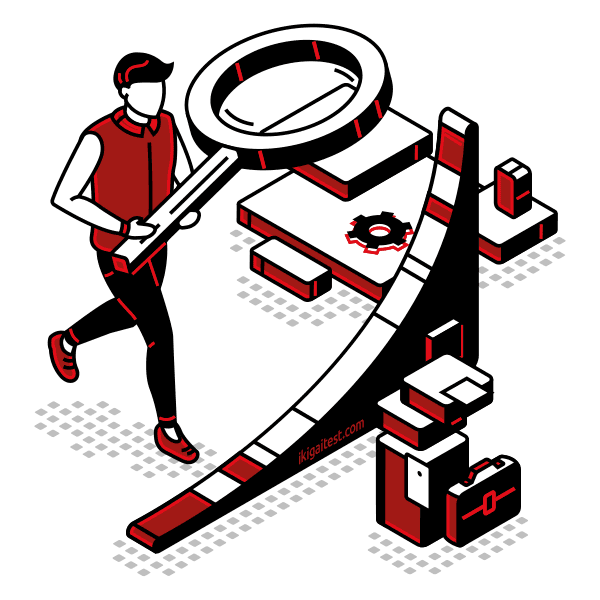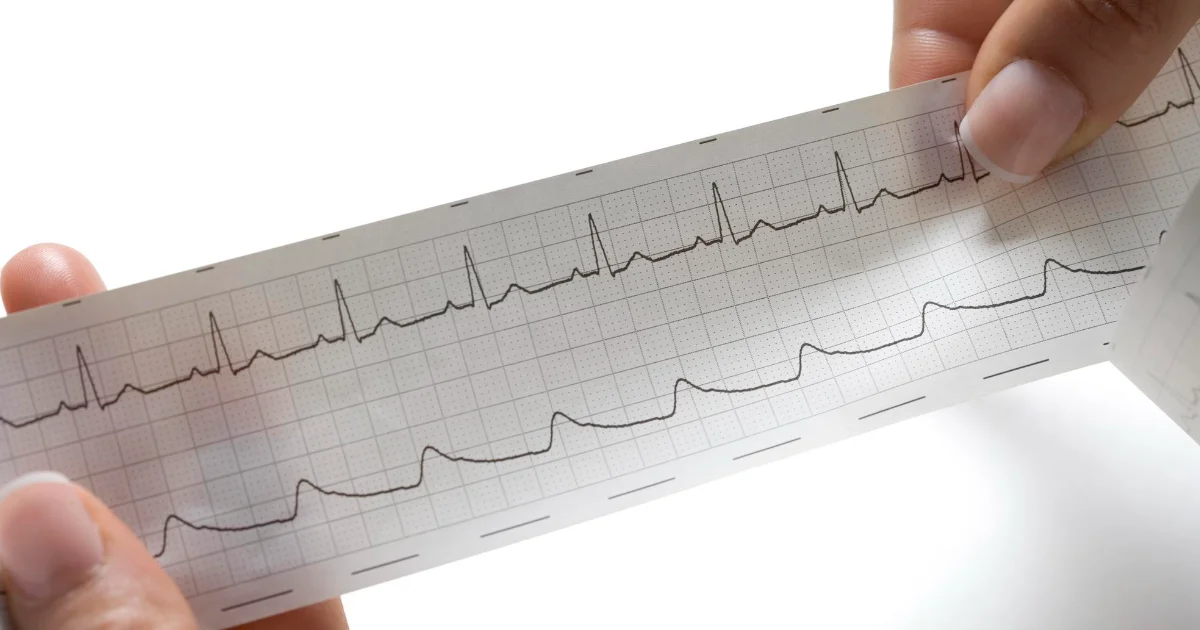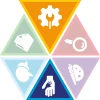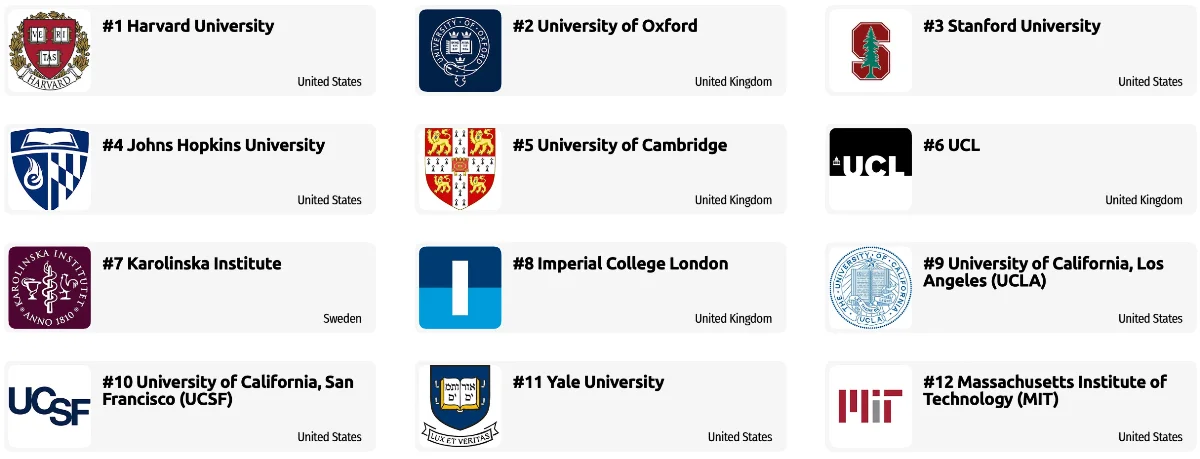Mediator

Mediators should be capable of:
- Providing personal assistance, medical attention, emotional support, or other personal care to others such as coworkers, customers, or patients.
- Developing constructive and cooperative working relationships with others, and maintaining them over time.
- Performing for people or dealing directly with the public. This includes serving customers in restaurants and stores, and receiving clients or guests.
- Handling complaints, settling disputes, and resolving grievances and conflicts, or otherwise negotiating with others.
Inspector

Inspectors should be great at:
- Estimating sizes, distances, and quantities; or determining time, costs, resources, or materials needed to perform a work activity.
- Observing, receiving, and otherwise obtaining information from all relevant sources.
- Identifying information by categorizing, estimating, recognizing differences or similarities, and detecting changes in circumstances or events.
- Inspecting equipment, structures, or materials to identify the cause of errors or other problems or defects.
Other work activities related to Cardiovascular technologists and technicians
- Performing general administrative tasks, such as scheduling appointments or ordering supplies or equipment.
- Maintaining a proper sterile field during surgical procedures.
- Assisting physicians in the diagnosis and treatment of cardiac or peripheral vascular treatments, such as implanting pacemakers or assisting with balloon angioplasties for treating blood vessel blockages.
- Transcribing, typing, and distributing reports of diagnostic procedures for interpretation by physician.
- Setting up 24 hour Holter and event monitors, scanning and interpreting tapes, and reporting results to physicians.
- Assisting surgeons with vascular procedures, such as preparing balloons and stents.
- Monitoring patients’ blood pressure and heart rate using electrocardiogram (EKG) equipment during diagnostic or therapeutic procedures for notifying the physician if something appears wrong.
- Monitoring patients’ comfortability and safety during tests, alerting physicians to abnormalities or changes in patient responses.







